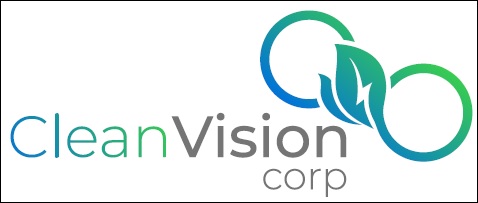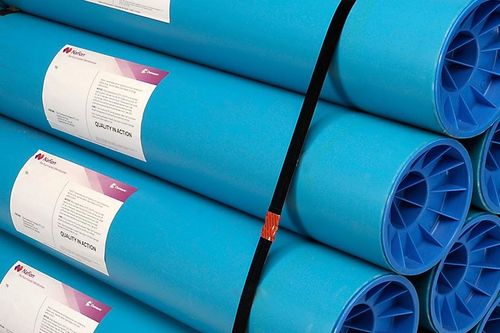BoMax Hydrogen, the Florida-based hydrogen production technology firm, is searching for strategic partners with distribution networks as part of its soon-to-launch Series A capital raise, CEO Chris Simuro said in an interview.
BoMax, founded in 2014 and headquartered in Orlando, will launch a $15m Series A on November 1, Simuro said. The company has hired Taylor DeJongh to run the process, as recently reported by ReSource.
Greenberg Traurig is the company’s law firm, Simuro said. They use a regional accountant in Florida.
Taylor DeJongh is looking for three to five investors to put in between $3m and $5m each. BoMax is in discussions with French container shipping company CMA-CGM as a potential investor, he said.
“We are truly searching for distribution partners,” Simuro said, adding that company doesn’t envision itself touching the end-use customer.
The Series A funds should provide up to 24 months of runway and expand the company’s manufacturing capacity, Simuro said. A follow-on Series B capital raise will likely be $100m or more.
BoMax has raised some $5m to date, including from state government aerospace economic development agency Space Florida.
Funds from the Series A will be used to make a beta prototype, scale operations at the company’s labs in Orlando and prepare for commercial production.
No electrolysis
The company touts a novel technology making hydrogen from visible light without the need for solar electrolysis, according to a pre-teaser marketing document seen by ReSource. An alpha prototype has been awarded by the US Department of Energy.
Requiring a larger footprint, electrolysis can ultimately produce 38 liters of hydrogen per hour per square meter, Simuro said. BoMax believes it can reach 50 liters per hour in six months time.
“It replicates how hydrogen is made in the natural world,” Simuro said. “In order to do this globally, we are going to need partners.”






